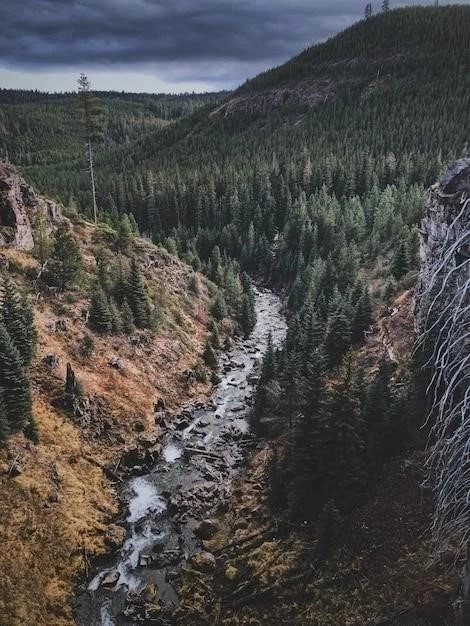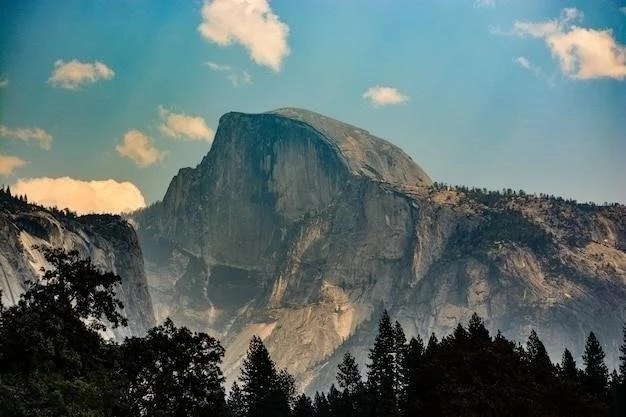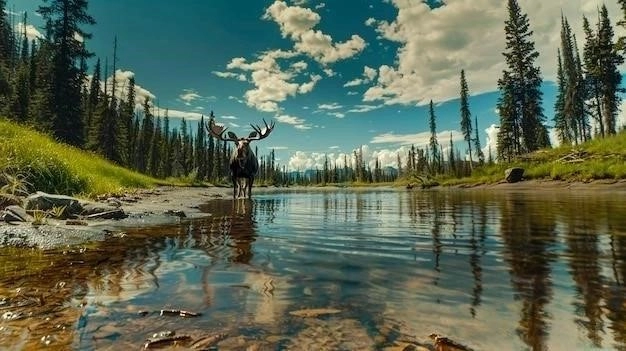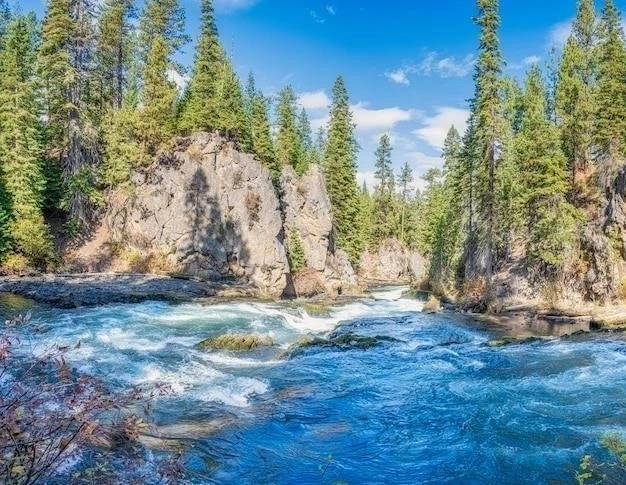Yellowstone National Park, a sprawling wilderness of geothermal wonders and abundant wildlife, stands as a testament to Earth’s raw power and natural beauty. Established in 1872 as the United States’ first national park٫ Yellowstone encompasses a diverse landscape shaped by volcanic activity٫ glacial movements٫ and the passage of time. This article delves into the park’s fascinating geology٫ rich history٫ and ecological significance.
Geological History and Volcanic Legacy
Yellowstone sits atop a massive volcanic caldera, a cauldron-like structure formed by a catastrophic eruption approximately 631,000 years ago. This eruption, one of the largest in Earth’s history, ejected immense volumes of ash and rock, creating the present-day caldera and shaping the park’s unique topography.
Beneath the surface lies a still-active supervolcano, fueled by a plume of molten rock that rises from deep within the Earth’s mantle. This geothermal activity manifests in the park’s iconic geysers, hot springs, mudpots, and fumaroles. These features, fueled by superheated water interacting with underground heat sources, create a mesmerizing display of nature’s power.
Geologic Formations and Processes
- Geysers: Perhaps Yellowstone’s most famous feature, geysers like Old Faithful erupt in spectacular fashion, spewing boiling water and steam high into the air. These eruptions occur due to the build-up of pressure from superheated water trapped beneath the Earth’s surface.
- Hot Springs: Abundant throughout the park, hot springs are pools of geothermally heated water. Their vibrant colors, ranging from turquoise to orange, result from the presence of thermophilic bacteria and dissolved minerals.
- Mudpots: These bubbling cauldrons form when acidic hot water mixes with volcanic ash and clay. The heat causes the mixture to bubble and churn, creating a surreal and somewhat unsettling spectacle.
- Fumaroles: Also known as steam vents, fumaroles release steam and volcanic gases from cracks in the Earth’s crust. These vents can reach extremely high temperatures and emit a sulfurous odor.

Wildlife and Ecosystem
Yellowstone’s diverse habitats support a remarkable array of wildlife, making it a prime destination for wildlife viewing. The park is home to large mammals such as bison, elk, grizzly bears, and wolves, as well as a variety of bird species, fish, reptiles, and amphibians.
- Bison: As the largest land mammals in North America, bison roam Yellowstone in large herds, a testament to successful conservation efforts.
- Elk: These majestic ungulates migrate through the park in search of seasonal grazing grounds, their bugling calls echoing through the valleys.
- Grizzly Bears and Wolves: Apex predators, grizzly bears and wolves play crucial roles in maintaining the delicate balance of the Yellowstone ecosystem.

Human History and Cultural Significance
Native American tribes have inhabited the Yellowstone region for thousands of years, leaving behind evidence of their presence in the form of campsites, artifacts, and traditional knowledge. European exploration of the area began in the 19th century, leading to the establishment of Yellowstone National Park in 1872.
Conservation and Management
The National Park Service manages Yellowstone with the goal of preserving its natural resources and providing opportunities for public enjoyment. Park rangers work to protect wildlife, educate visitors, and maintain the park’s infrastructure.

Visiting Yellowstone National Park
Yellowstone offers a range of visitor experiences, from scenic drives and hiking trails to camping and wildlife watching. The park’s extensive road system provides access to major attractions, while backcountry trails offer opportunities for solitude and adventure.
Tips for Planning Your Visit
- Make reservations in advance: Yellowstone is a popular destination, so booking accommodations, campsites, and tours well ahead of time is essential.
- Be prepared for all types of weather: Yellowstone’s weather can be unpredictable, so pack layers of clothing and be ready for sudden changes in temperature.
- Practice bear safety: Carry bear spray, store food properly, and be aware of your surroundings, especially in bear country.
- Respect wildlife: Observe animals from a safe distance, do not approach or feed them, and keep a respectful distance from carcasses.
- Leave no trace: Pack out everything you pack in, stay on designated trails, and dispose of waste properly to help preserve the park’s pristine environment.

Conclusion
Yellowstone National Park stands as a testament to the power of nature, offering a glimpse into Earth’s geological past and present. Its geothermal wonders, abundant wildlife, and stunning landscapes continue to captivate visitors from around the world. By understanding and respecting the park’s delicate ecosystem, we can help ensure its preservation for generations to come.










